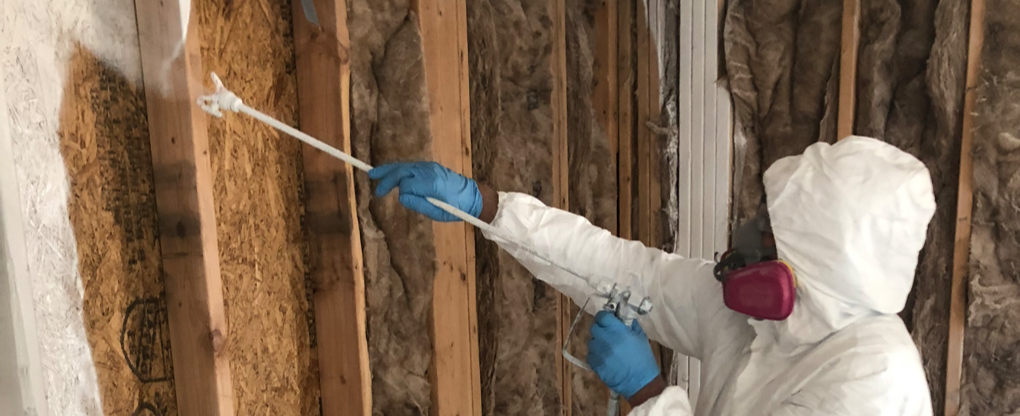Is That Mold New or Old? A Homeowner’s Guide to Mold Growth
Mold is a sneaky enemy in the home. It can sprout up in damp corners, behind walls, and even under carpets, often unnoticed until it becomes a noticeable problem. But not all mold is created equal. Knowing if you’re dealing with a fresh outbreak or a long-term resident can help you determine the best course of action.
This article will help equip you with the knowledge to determine new vs. old mold growth, and highlight the importance of professional help for extensive mold issues.
Signs of New Mold Growth:
- Appearance: New mold growth is often slimy or fuzzy in texture and may appear in bright colors like green, black, or white.
- Odor: New mold colonies tend to have a strong, musty odor.
- Moisture Source: If you discover a recent leak or water damage, the accompanying mold growth is likely new.
Signs of Older Mold Growth:
- Appearance: Older mold dries out and becomes powdery or crumbly in texture. The color may range from yellow to brown to black.
- Odor: The musty odor associated with new mold growth may be fainter or even undetectable with older colonies.
Why Identifying Mold Age Matters:
While both new and old mold pose health risks, the extent of the problem can differ. Fresh mold growth might be manageable with proper cleaning and addressing the moisture source. However, older mold may indicate a more extensive infestation that requires professional intervention. Here’s another crucial factor: standard homeowners insurance policies typically don’t cover mold remediation for older infestations. Unless you have a specific rider added to your policy that explicitly covers mold, you may be responsible for the costs associated with removing long-established mold.
When to Call a Professional:
Here are some situations where seeking professional help is crucial:
- Large or extensive mold growth: If the mold covers a large area (more than 10 square feet) or you suspect it’s hidden behind walls or ceilings, call in a professional with the proper equipment and expertise for safe and complete removal.
- Mold growth on porous materials: Mold can easily penetrate porous materials like carpets, drywall, or insulation. Professionals have the tools and techniques to remove mold from these materials effectively.
- Health concerns: If you or your family members experience respiratory problems or allergic reactions after exposure to mold, professional mold remediation is essential.
RestoPros of Northeast Georgia: Your Trusted Partner in Mold Remediation
If you discover a large mold infestation in your home, don’t hesitate to contact RestoPros of Northeast Georgia. Our team of IICRC-certified professionals is equipped to handle even the most challenging mold problems. We use advanced techniques and follow strict safety protocols to ensure the complete removal of mold and the restoration of your home to a healthy environment.
Don’t let mold take over your peace of mind. Contact RestoPros of Northeast Georgia today for a free consultation!

